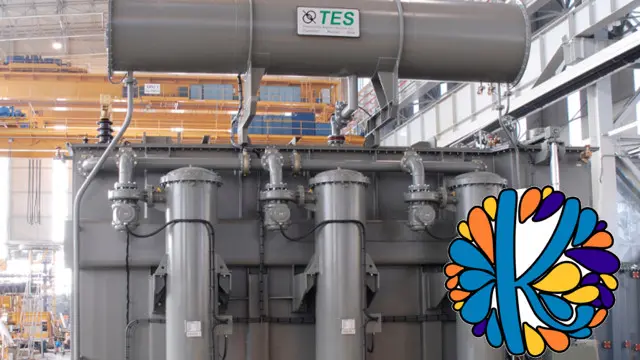
Complete Electrical Machines Course for Beginners
Learn about different electrical machines such as DC, synchronous, and induction machines without any previous knowledge
Khadija Academy
Summary
- Reed courses certificate of completion - Free
- Tutor is available to students
Add to basket or enquire
Overview
"Ultimate Electrical Machines Course Bundle for Complete Beginners"
The only course bundle out there with everything you need to know about DC machines, induction machines, transformers, magnetic circuits, synchronous machines, and generators
Curriculum
-
Course Content 10:07
-
Magnetic Circuits 2:33:15
-
Basics of Transformers 5:13:53
-
Three-Phase Transformers 2:04:20
-
Components of Three-Phase Transformers 2:31:10
-
DC Machine Construction 1:10:31
-
Armature Windings in a DC Machine 2:30:01
-
Types of DC Generators 3:49:37
-
Types of DC Motors 1:23:31
-
Synchronous Machines 3:30:40
-
Induction Machines 3:24:20
Course media
Description
Throughout the course you will get:
- Magnetic circuits course: It will help you in learning all about magnetic circuits concepts from scratch with many solved examples.
- Transformers course: You will learn about electrical transformers' construction, their importance, the three-phase transformers, the main components of the electrical transformers, and much more.
- DC machines course: In this course, you will learn about different types of DC electrical machines, such as separately excited, shunt, and series DC motors and generators.
- Synchronous machines course: You will understand the principle of operation of the salient and non-salient synchronous machines.
- Induction machines course: In this course, you will understand how induction generators and motors work. In addition to methods of starting and speed control of induction machines.
- Electrical machines MATLAB course: You will learn how to simulate the electrical machines in the MATLAB Simulink program without any previous knowledge.
All of these topics are in a step by step lessons with many solved examples.
Bonus Gift:
You will also get the slides for the Ultimate Electrical Machines Course Bundle for those who are interested in them or having them as a revision for themselves:
Take this bundle if you've been looking for ONE COURSE BUNDLE with in-depth insight into the basics of electrical machines.
Who is this course for?
- Anyone who wants to get knowledge about transformers from scratch
- Anyone who wants to get knowledge about magnetic circuits.
- Anyone who wants to learn about DC machines.
- Anyone who wants to get knowledge about synchronous machines.
- Anyone who wants to learn everything about induction machines.
Requirements
Only internet access for watching the lessons.
Questions and answers
Hi dear, is this course provided on pdf format please? Kind regards
Answer:Hey, No. The course is in video format, not PDF.
This was helpful.Is there a transcript come together with the certificate?
Answer:Hey Wincent, Actually, the certificate is provided for just completing all of the lectures. There is no exam at all. Regards, Ahmed
This was helpful.
Certificates
Reed courses certificate of completion
Digital certificate - Included
Will be downloadable when all lectures have been completed
Reviews
Currently there are no reviews for this course. Be the first to leave a review.
Legal information
This course is advertised on reed.co.uk by the Course Provider, whose terms and conditions apply. Purchases are made directly from the Course Provider, and as such, content and materials are supplied by the Course Provider directly. Reed is acting as agent and not reseller in relation to this course. Reed's only responsibility is to facilitate your payment for the course. It is your responsibility to review and agree to the Course Provider's terms and conditions and satisfy yourself as to the suitability of the course you intend to purchase. Reed will not have any responsibility for the content of the course and/or associated materials.


